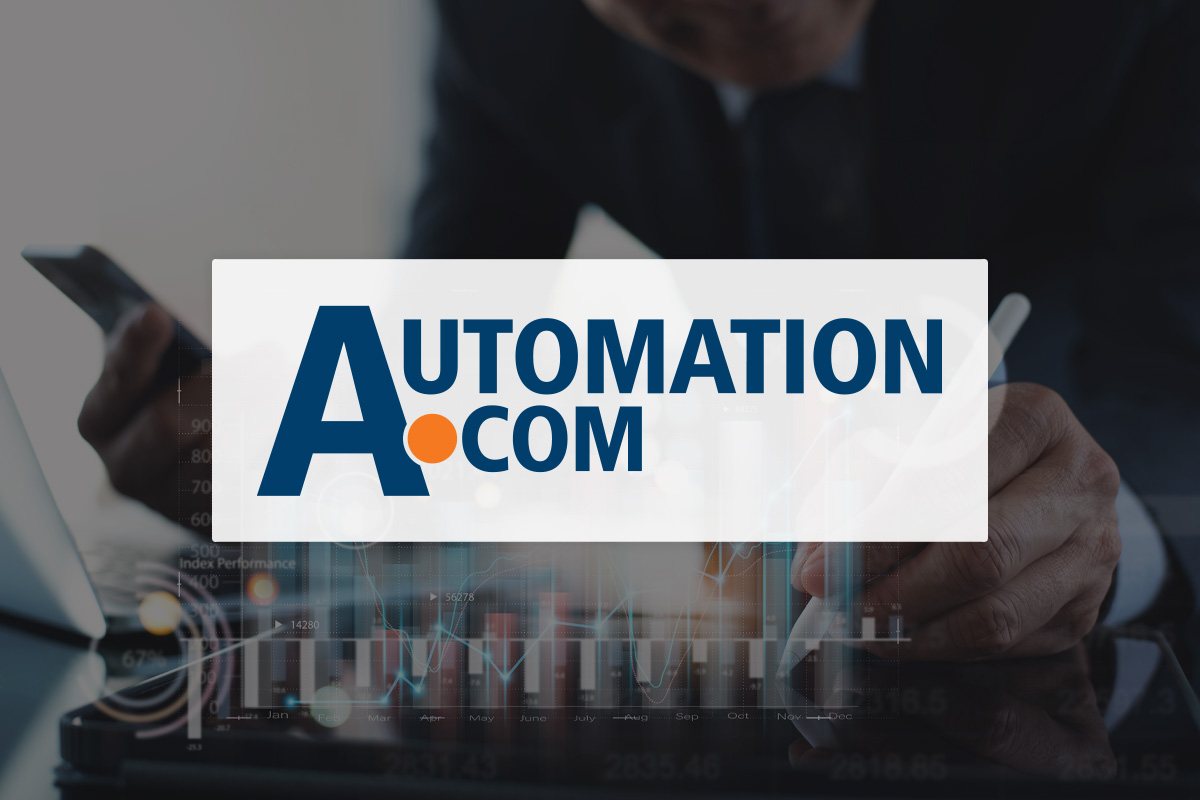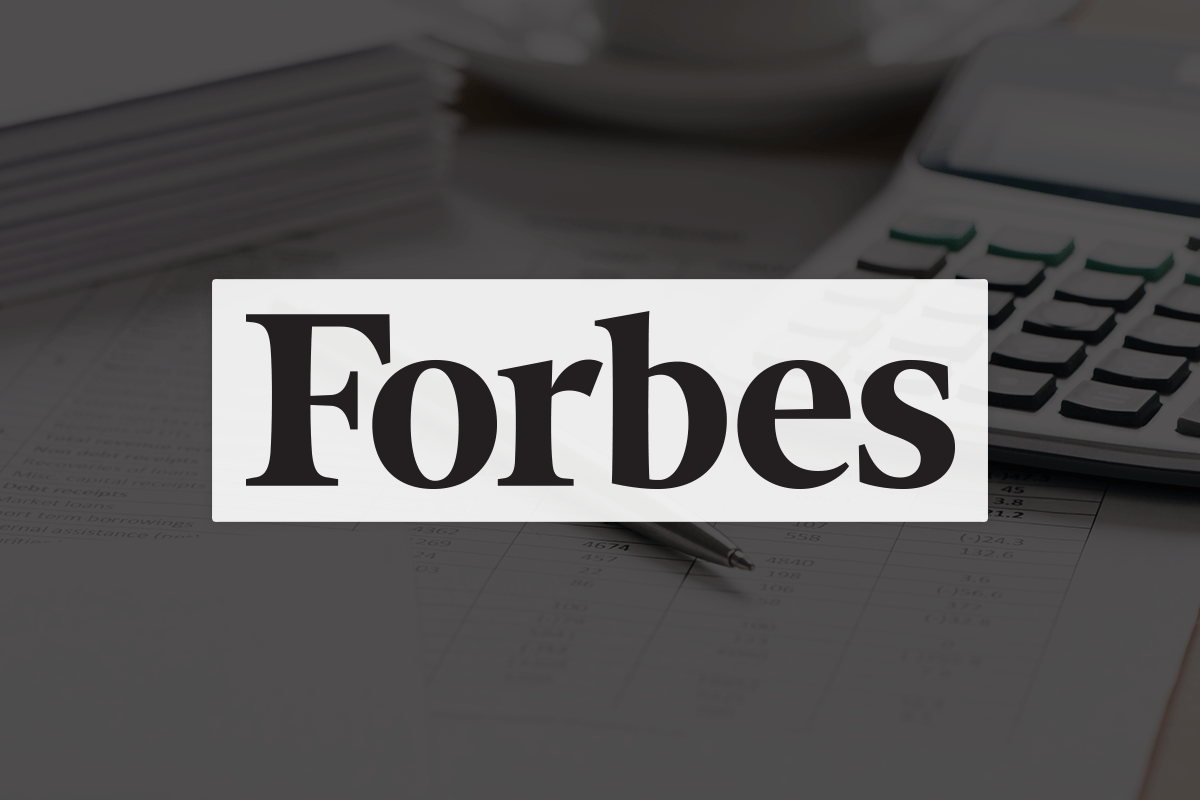[vc_row][vc_column][vc_single_image image=”16360″ img_size=”full” image_hovers=”false” lazy_loading=”true” el_class=”mobileNotShow”][vc_single_image image=”16359″ img_size=”full” image_hovers=”false” lazy_loading=”true” el_class=”mobileShow”][vc_empty_space][/vc_column][/vc_row][vc_row bg_type=”bg_color” bg_color_value=”#f5f5f5″ css=”.vc_custom_1618938311697{margin-top: 0px !important;margin-right: 0px !important;margin-bottom: 0px !important;margin-left: 0px !important;padding-right: 1em !important;padding-left: 1em !important;}”][vc_column][vc_column_text el_class=”article-info”]
by Tracy Lustyan
March 21, 2020
[/vc_column_text][/vc_column][/vc_row][vc_row][vc_column][vc_column_text]The year is 2020, and new more affordable technologies have made it possible for dental practices and labs to expand their capabilities to better serve their patients than ever before. Implementing these technologies and hiring the staff necessary to operate them of course comes at a cost. The federal government, however, has long rewarded companies that are innovating their businesses with powerful tax incentives and dental practices are now realizing they too can qualify.
The R&D Tax Credit
With over 7,000 tax incentives in the tax code, it can be difficult for businesses to know what they qualify for and what they should be claiming. There is one underutilized incentive, in particular, that applies across industries that rewards companies, including dental laboratories, for the things they are doing every day to remain competitive and become more efficient.
It’s called the R&D Tax Credit but don’t let the name fool you. Many qualifying businesses miss out on the substantial tax savings the credit provides because they erroneously believe that they need to have an entire department dedicated to R&D creating never-before-seen technologies.
When the credit was first introduced in the 1980s to combat the threat to the American economy posed by the Japanese automotive industry that may have been true. But, four decades later the country has changed and the tax code along with it. Congress has since reprogrammed and repurposed the R&D credit to be an anti-outsourcing credit that benefit more industries for their daily activities as long as they are hiring technical jobs in the United States. That benefit extends to dental laboratories and many practices are just now realizing it.
How Dental Practices Qualify
The R&D Tax credit extends to dental laboratories, but what activities do they need to be doing to qualify? Labs that are creating custom solutions for patients are the most likely to qualify due to the equipment and work necessary to produce custom work. Below is just a small sampling of the types of activities that can qualify a lab for the credit:
- Digital scans and oral impressions
- Designing restorative & prosthetic materials and equipment
- Experimenting with different designs and materials for prosthetics and appliances
- Crafting crowns, bridges, dentures, specialty appliances, orthodontics and implants
- Processing digital data from scans
- In-house manufacturing
- CAD/CAM imaging and milling of custom oral prosthetics.
Labs and practices that perform the above activities or similar work are eligible for the credit. As long as the laboratory is employing technologies, like digital scanners, CAD/CAM software, or 3D printers to create custom solutions for patients, the practice may be eligible to qualify for significant tax savings.
Real World Examples
Many dental laboratories, just based on the above, already qualify but how much would they be saving if they claimed the credit? Well, the credit is wage based so the value of the credit is based on the pay to the technical staff that are performing the qualifying activities. For instance, the credit can be claimed against the wages paid to the technicians that are creating custom prosthetics in CAD. Those wages add up and subsequently so does the resulting credit.
A real world example includes a dental practice that added an in-house laboratory. The practice had an annual revenue of $3 million and was digitally scanning patients to create customized implants and crowns. After the scans, the practice used CAD/CAM software to create three dimensional models to evaluate and analyze optimal design for implants, crowns and bridges. The practice also experimented with various materials in fabricating the designs such as titanium, platinum and zirconium. The resulting credit for this practice was $192,000.
Another dental laboratory used digital oral scans to model crowns, bridges, implants and abutments in CAD to produce functional components for patients. The resulting credit for this lab with an annual revenue of $8 million was a whopping $514,000.
The size of the laboratory does not necessarily correlate with the size of the credit. Remember the credit is wage based. A dental technology laboratory which had an annual revenue of $6 million was used by other practices to create one-piece and two-piece custom oral prosthetics. They were able to claim an even more significant credit. The company developed designs based on customer specifications including wax investment casts and custom parts. The lab reaped a credit of $712,500.
Most laboratories are looking to grow in size, expand in capability and remain competitive so they can better serve their customers. The federal government is keen to help these laboratories, and tax incentives like the R&D Tax Credit are perfect tools to advance your practice.[/vc_column_text][/vc_column][/vc_row][vc_section][vc_row][vc_column][vc_separator][/vc_column][/vc_row][vc_row css_animation=”fadeInRight”][vc_column][vc_custom_heading text=”About the Author” use_theme_fonts=”yes” css=”.vc_custom_1621268389440{margin-bottom: 20px !important;}” el_class=”alt-h1″][/vc_column][vc_column width=”1/4″][vc_single_image image=”19312″][/vc_column][vc_column width=”3/4″][vc_column_text]
Tracy Lustyan is the Managing Director for the Great Lakes Region and is based in alliantgroup’s Chicago office. Her focus is on clients in the Midwest, primarily in Illinois, Missouri, Minnesota and Iowa. Tracy has a vast knowledge of government-sponsored incentive programs that are designed for the benefit of U.S. businesses, including her work with the R&D Tax Credit, IC-DISC, DPD and hiring incentives.
[/vc_column_text][/vc_column][/vc_row][vc_row][vc_column][vc_separator][/vc_column][/vc_row][/vc_section][vc_row][vc_column][vc_row_inner][vc_column_inner]
Connect With Us!
The year is 2020, and new more affordable technologies have made it possible for dental practices and labs to expand their capabilities to better serve their patients than ever before. Implementing these technologies and hiring the staff necessary to operate them of course comes at a cost. The federal government, however, has long rewarded companies that are innovating their businesses with powerful tax incentives and dental practices are now realizing they too can qualify.
The R&D Tax Credit
With over 7,000 tax incentives in the tax code, it can be difficult for businesses to know what they qualify for and what they should be claiming. There is one underutilized incentive, in particular, that applies across industries that rewards companies, including dental laboratories, for the things they are doing every day to remain competitive and become more efficient.
It’s called the R&D Tax Credit but don’t let the name fool you. Many qualifying businesses miss out on the substantial tax savings the credit provides because they erroneously believe that they need to have an entire department dedicated to R&D creating never-before-seen technologies.
When the credit was first introduced in the 1980s to combat the threat to the American economy posed by the Japanese automotive industry that may have been true. But, four decades later the country has changed and the tax code along with it. Congress has since reprogrammed and repurposed the R&D credit to be an anti-outsourcing credit that benefit more industries for their daily activities as long as they are hiring technical jobs in the United States. That benefit extends to dental laboratories and many practices are just now realizing it.
How Dental Practices Qualify
The R&D Tax credit extends to dental laboratories, but what activities do they need to be doing to qualify? Labs that are creating custom solutions for patients are the most likely to qualify due to the equipment and work necessary to produce custom work. Below is just a small sampling of the types of activities that can qualify a lab for the credit:
- Digital scans and oral impressions
- Designing restorative & prosthetic materials and equipment
- Experimenting with different designs and materials for prosthetics and appliances
- Crafting crowns, bridges, dentures, specialty appliances, orthodontics and implants
- Processing digital data from scans
- In-house manufacturing
- CAD/CAM imaging and milling of custom oral prosthetics.
Labs and practices that perform the above activities or similar work are eligible for the credit. As long as the laboratory is employing technologies, like digital scanners, CAD/CAM software, or 3D printers to create custom solutions for patients, the practice may be eligible to qualify for significant tax savings.
Real World Examples
Many dental laboratories, just based on the above, already qualify but how much would they be saving if they claimed the credit? Well, the credit is wage based so the value of the credit is based on the pay to the technical staff that are performing the qualifying activities. For instance, the credit can be claimed against the wages paid to the technicians that are creating custom prosthetics in CAD. Those wages add up and subsequently so does the resulting credit.
A real world example includes a dental practice that added an in-house laboratory. The practice had an annual revenue of $3 million and was digitally scanning patients to create customized implants and crowns. After the scans, the practice used CAD/CAM software to create three dimensional models to evaluate and analyze optimal design for implants, crowns and bridges. The practice also experimented with various materials in fabricating the designs such as titanium, platinum and zirconium. The resulting credit for this practice was $192,000.
Another dental laboratory used digital oral scans to model crowns, bridges, implants and abutments in CAD to produce functional components for patients. The resulting credit for this lab with an annual revenue of $8 million was a whopping $514,000.
The size of the laboratory does not necessarily correlate with the size of the credit. Remember the credit is wage based. A dental technology laboratory which had an annual revenue of $6 million was used by other practices to create one-piece and two-piece custom oral prosthetics. They were able to claim an even more significant credit. The company developed designs based on customer specifications including wax investment casts and custom parts. The lab reaped a credit of $712,500.
Most laboratories are looking to grow in size, expand in capability and remain competitive so they can better serve their customers. The federal government is keen to help these laboratories, and tax incentives like the R&D Tax Credit are perfect tools to advance your practice
Featured Leadership

Tracy Lustyan is the Managing Director for the Great Lakes Region and is based in alliantgroup’s Chicago office. Her focus is on clients in the Midwest, primarily in Illinois, Missouri, Minnesota and Iowa. Tracy has a vast knowledge of government-sponsored incentive programs that are designed for the benefit of U.S. businesses, including her work with the R&D Tax Credit, IC-DISC, DPD and hiring incentives.


